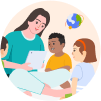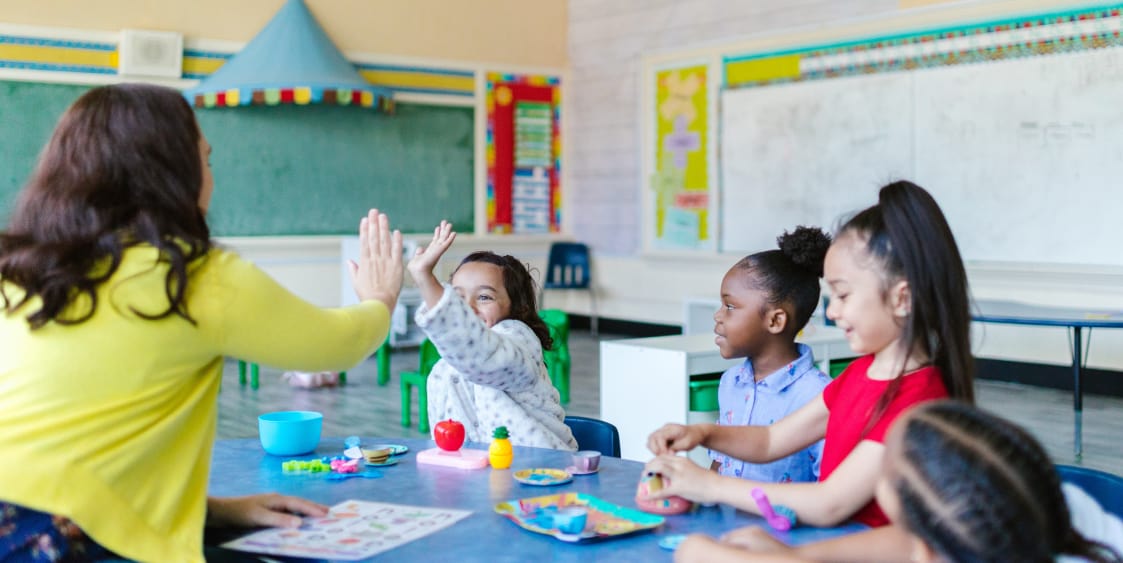| Measure | Definition | Domain |
| 1. Identity of self and connection to others | Child shows increasing awareness or understanding of self and his or her connection to others. | Self and Social Development |
| 2. Self-esteem | Child makes positive judgments about self and his/her own abilities in increasingly broad contexts. | Self and Social Development |
| 3. Empathy | Child shows increasing awareness of others’ feelings and experiences and responds appropriately through words or actions. | Self and Self and Social DevelopmentSocial Development |
| 4. Impulse control | Child shows ability to regulate responses to internal and external stimuli in increasingly broad settings. | Self and Social Development |
| 5. Follows rules | Child shows ability to follow rules in increasingly broad settings and understands the purpose of having rules. | Self and Social Development |
| 6. Awareness of diversity: appreciation of differences and similarities | Children show awareness, acceptance, understanding, and appreciation of others’ special needs, genders, family structures, ethnicities, cultures, and languages. | Self and Social Development |
| 7. Interactions with adults | Child develops positive relationships with increasingly larger groups of adults and acknowledges adult’s perspective while expressing clear sense of own self | Self and Social Development |
| 8. Friendship | Child develops one or more close relationships with peers and extends concept of friendship beyond his/her community. | Self and Social Development |
| 9. Conflict negotiation | Child resolves conflicts by proposing solutions that consider the needs of others and extends concept of negotiation beyond his/her community | Self and Social Development |
| 10. Safety | Child shows increasing independence in following rules for personal safety. | Health |
| 11. Understanding healthy lifestyle | Child shows increasing independence in making healthy lifestyle choices | Health |
| 12. Personal care routines | Child shows increasing independence in following personal care routines | |
| 13. Exercise and fitness | Child shows increasing independence in participating in exercise and fitness activities. | |





